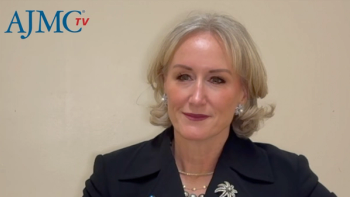
Analyzing Treatment-Refractory Patients
Panelists discuss how managing bronchiectasis exacerbations involves targeted antibiotics based on sputum cultures, augmenting mucus clearance with devices, and considering surgical intervention when medical management fails.
Episodes in this series

Clinical Brief: Approaches to Bronchiectasis Management Beyond Bronchodilators
Main Discussion Topics
- Bronchodilators have a limited role in bronchiectasis management compared with chronic obstructive pulmonary disease and asthma.
- Infection is the primary trigger for exacerbations, making antibiotics a mainstay of treatment.
- Augmented mucus clearance is a crucial complementary approach.
Key Points for Physicians
- Regular sputum cultures help determine appropriate antibiotic choices.
- Combine nebulized hypertonic saline with bronchodilators (albuterol/levalbuterol preferred over anticholinergics).
- Anticholinergics may thicken mucus, potentially making expectoration more difficult.
- Consider airway clearance devices (high-frequency chest wall oscillation, intrapulmonary percussive ventilation) when medical therapies are insufficient.
- Surgical intervention should be considered when infections cannot be controlled medically.
Notable Insights
Patients may be unable to tolerate long-term antibiotics for conditions like MAI complex, making surgery an important consideration in treatment algorithms.
Clinical Significance
A comprehensive approach to bronchiectasis management should prioritize infection control and enhance mucus clearance, with bronchodilators playing a supporting rather than central role.
Newsletter
Stay ahead of policy, cost, and value—subscribe to AJMC for expert insights at the intersection of clinical care and health economics.










































